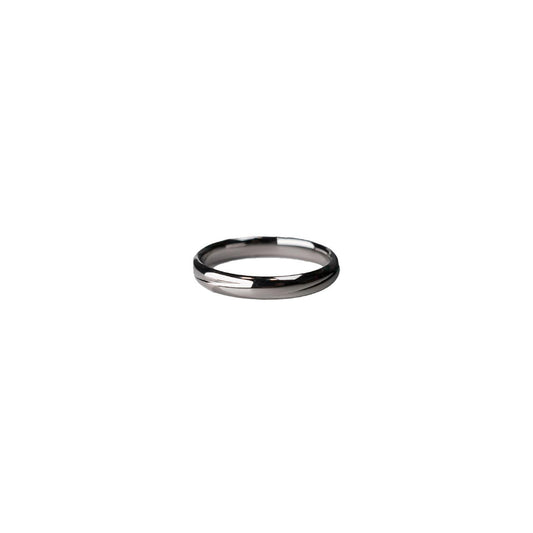The Ring on the Ring Finger More Than Just Jewelry
The Ring on the Ring Finger More Than Just Jewelry
Growing up, my grandmother was a fountain of old-world wisdom, one that I never fully appreciated until I became an adult. Her stories about family traditions came with rich, vivid details, often centered around the kitchen table where family history was served alongside Sunday dinner. When I was about to get married, she sat me down with a story about the small but profound significance of the simple band on her withering left hand—her wedding ring.
In Western culture, the placement of a ring on the fourth finger of the left hand carries a significance that dates back centuries. The tradition is thought to have originated with the ancient Romans, who believed that this finger contained the "vena amoris," or the vein of love, which was directly connected to the heart. It's a romantic notion, though modern anatomy reveals it's more a charming myth than scientific fact. Still, the idea behind it has endured, symbolizing a promise of eternal love and commitment.
The decision about what kind of ring to place on this important finger can be both overwhelming and deeply personal. Modern trends offer a kaleidoscope of styles and materials—from classic gold to sleek platinum, even unconventional choices like wood or silicon for the eco-conscious or adventurous. Each choice broadcasts a little of what a couple values. My own wedding band is a simple, classic gold—a nod to tradition that soothes my nostalgia-loving soul, despite the temptation to chase more contemporary designs.
Traditionally, the engagement ring comes first, often adding a sparkle that catches the eye and makes a statement about status, taste, or sentiment. The wedding band follows, typically simpler in design, a day-to-day reminder of vows exchanged. Some people choose to solder them together, displaying them as one unified piece. I remember my surprise learning that soldering was even a thing. It's as if even the rings themselves are making a vow never to be apart.
Interestingly, while many couples prefer to keep rings on the left hand, some cultures and individuals choose the right hand instead. This might be due to regional customs or personal reasons, such as a career that requires a lot of manual labor, where the left hand's ring finger might be more prone to accidents.
For others, a ring on the ring finger can signify a different journey. It might represent a commitment to oneself, or even a promise to stay single for a certain period. I have a friend who wears a "self-love" ring on her ring finger because she believes self-commitment is the root of all other relationships. It's a sentiment that resonates more and more in today's age of self-awareness and personal growth.
The significance of a ring on the ring finger extends beyond mere ornamentation; it tells a story, captures a moment, or even signals a transformation. While my grandmother's ring conjures stories of a life shared with my grandfather, mine echoes my own joys, challenges, and promises yet to be fulfilled.
In the end, a ring on the ring finger might just be metal and stone. Yet, it can be a touchstone for emotions and memories, its meaning quietly evolving with each passing year.

























